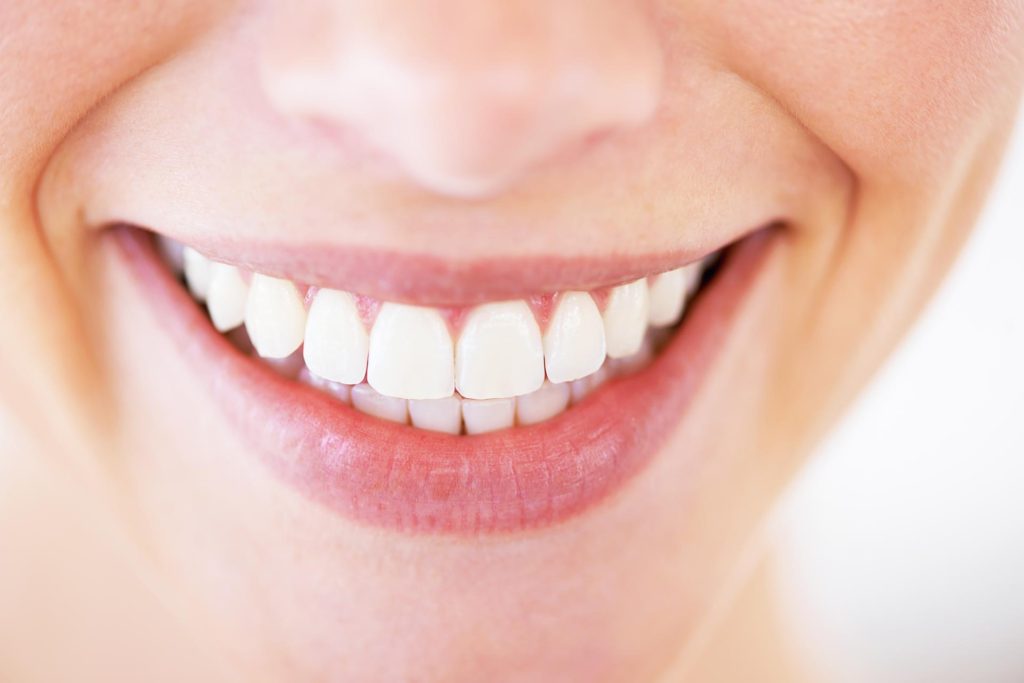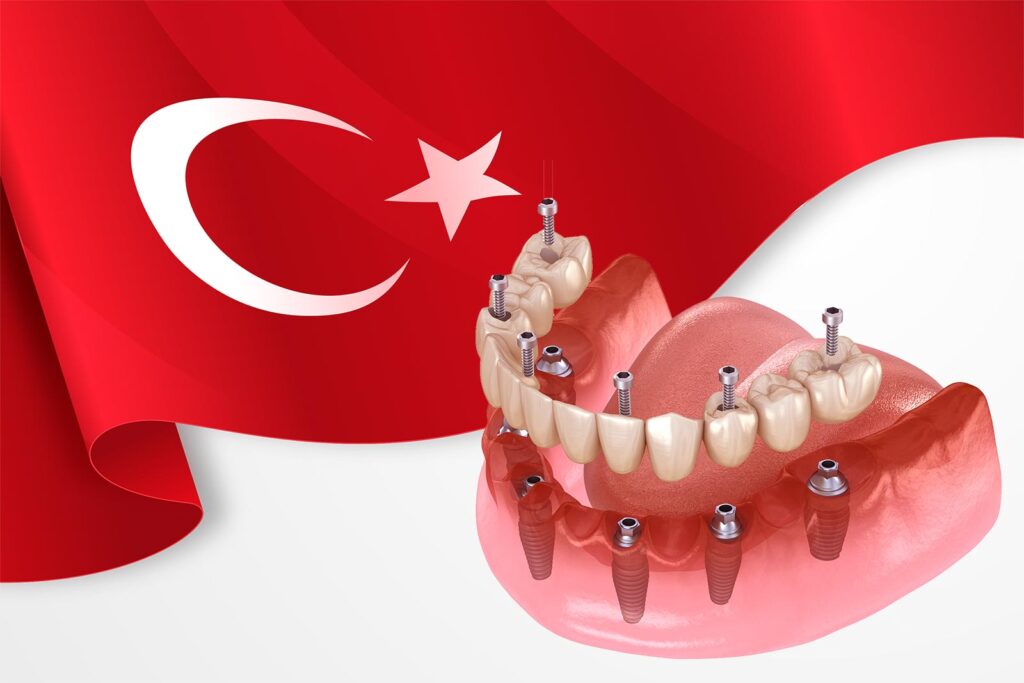
Dental veneers are one of the most striking applications in cosmetic dentistry. However, the success of veneers is measured not only by their durability but also by their natural appearance. After all, no one wants their smile to look “artificial.”
The first criterion for natural-looking veneers is the right color selection. When determining tooth color, factors such as translucency, saturation, and tonal transitions in areas near the gums must be considered, not just whiteness. For example, a completely opaque and bright white veneer may appear artificial if it does not harmonize with the person’s skin tone and eye color. The best results are typically achieved with porcelain veneers that blend seamlessly with the person’s existing teeth, featuring multi-layered color transitions.
Another critical factor is shaping. Natural teeth have minor asymmetries, micro-lines, and soft edges. Teeth that appear flawless and symmetrical, especially in the front region, can create a noticeable artificial appearance. Therefore, a skilled dentist and laboratory technician enhance aesthetic success by adding natural imperfections and characteristic lines to the tooth. Sometimes individual preferences, such as feminine or masculine tooth shapes, also influence the design.
Gum compatibility is also essential for a natural appearance. Veneers must fit perfectly along the gum line, with no gaps or excessive tightness. If there is redness or swelling in the gums, it will be noticeable no matter how good the aesthetics are.
Additionally, it should be noted that temporary veneers may be more opaque and colorless than their permanent counterparts. The final version is produced with a more balanced brightness, surface texture, and light transmission. Therefore, the initial impression from temporary veneers does not always reflect the final result.
Finally, the success of this process is directly related to the dentist’s aesthetic perception, communication with the laboratory, and the correct understanding of the patient’s expectations. In the smile design process, the patient’s face type, lip structure, and facial expressions should be taken into account. In some cases, planning with wax-up models before starting treatment ensures that the results are more predictable and personalized.





